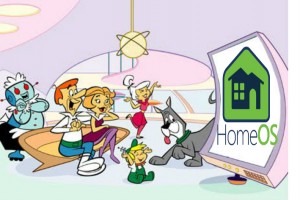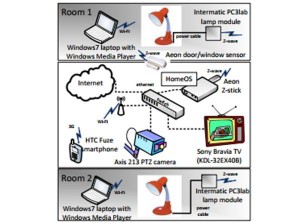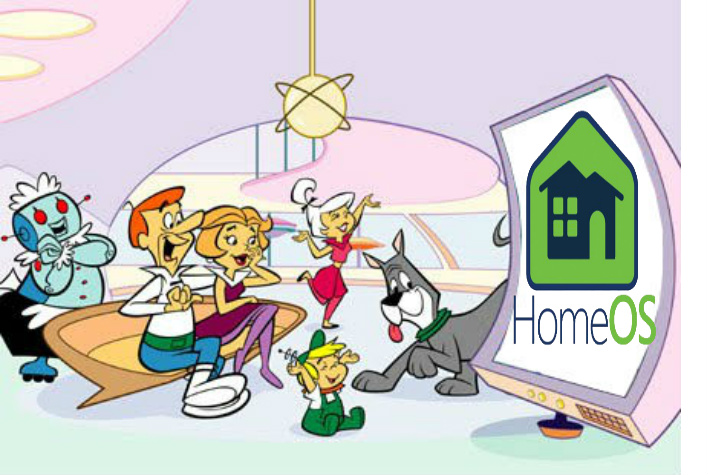 Take a step back and look around you; how many electronically/ wirelessly controlled devices can you see? Probably more than a dozen, starting with your beloved smartphone, laptop, smart air conditioning system, wireless router, light system and the list goes on and on. Every day, we are introduced to a new “smart” appliance that can automatically do a task for us, and now we can brace ourselves with the “smart home”.
Take a step back and look around you; how many electronically/ wirelessly controlled devices can you see? Probably more than a dozen, starting with your beloved smartphone, laptop, smart air conditioning system, wireless router, light system and the list goes on and on. Every day, we are introduced to a new “smart” appliance that can automatically do a task for us, and now we can brace ourselves with the “smart home”.
This is not an entirely new concept; Control4 sells a system that allows users to control appliances from their cell phones and in-home touch screens. Google announced its Android@Home platform last year, which will also let users control appliances directly from their Android phones (starting with a wirelessly connected LED bulb).
Microsoft targeted this issue more than a decade ago, and it seems their fire has not been put off just yet.
A white paper about their work on a HomeOs and a HomeStore was published in 2012, which contained early concepts around a Microsoft Research-developed home-automation system. Last month, these same concepts have been translated into prototypes published in another white paper on the Microsoft Research site.
HomeOS aims to create “centralized, holistic control of devices in the home.” It goes beyond simply connecting a couple of gadgets; HomeOS provides a hub device that can interact with devices, power sources, sensors, lighting, and appliances to manage your home.
Microsoft is seeking to simplify the integration of new appliances, which to this date, are incapable of communicating successfully with each other. Their objective is to transform your home to a personal computer, which would make adding any new device to the network as easy as plugging in a USB mouse.

The HomeOS test bed, as illustrated in a new Microsoft Research whitepaper. (Credit: Microsoft)
HomeOS has been already tested in 12 homes for four to eight months at a time. Apps that will presumably be found in the HomeStore have been developed by over 5o students and Microsoft has come up with a number of applications as well. The already-developed apps include one that turns on music when lights are turned on, an app to control a light dimmer, and an app that lets you remotely control your security cameras.
Apps that increase home energy efficiency can presumably also be created by developers; one that turns on air conditioning only when the garage door is opened, or an app that opens the shades when the thermostat hits a certain temperature.
The only ambiguity remaining is whether or not HomeOS would be only associated with the Windows platform. This might constitute a problem for the non-Windows fans, and might not transform the prototype into a mainstream product.
This is not a given though, since there are other operating system research projects and incubations at Microsoft, including Singularity (PDF) and Midori, neither of which is Windows based. Yet, the new whitepaper on the technology explained that it was built using C# and the .Net Framework 4.0.
![]()

Looking for a simple, elegant backup solution?
Genie Timeline 2012 is a new version of the number one continuous data protection program Timeline 2.1. It offers the first metro style user interface; enhanced performance, and added features. Like us on Facebook and Follow us on Twitter for the latest news.
>Follow @Genie9backup
![]()

